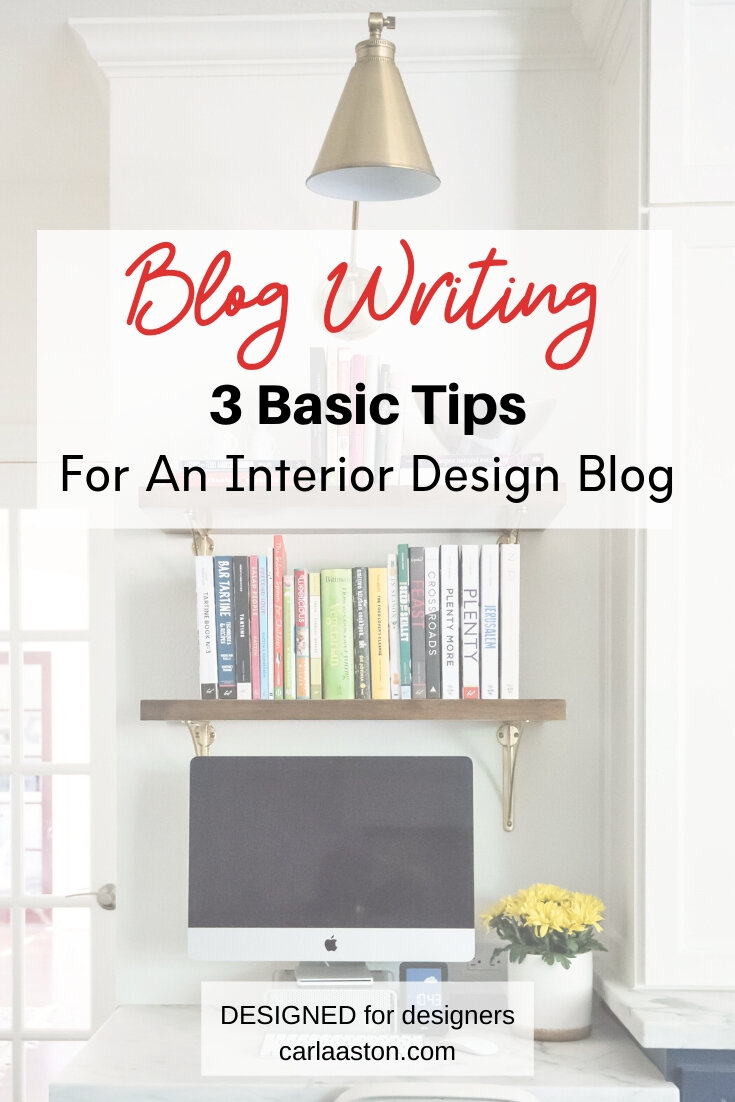I know….many of you have given up on consistent blogging for your business. It’s a long term benefit to your site and we all know it is more fun to focus on a faster track to a good outcome and who has time to wait that out these days?
I understand.
However, IF this is a route you are building into your strategy for website or business growth and expansion, I’m sharing 3 tips with you today.
These 3 tips can help you keep people’s interest as they run through your posts and they can make your posts more enticing to receive and digest by your audience.
1) Break up your paragraphs
Blog writing is different than writing essays. Completely different. The same grammatical rules do not always apply.
I see this with many blogs out there and have done this before, myself….the first thing the author hits you with, at the top of the page, is a big, wordy paragraph.
And sometimes, it can get worse from there, with big paragraph, after big paragraph, after big paragraph.
Don’t do that.
That makes me, and every other blog reader out there, want to click away, FAST.
The author hasn’t even enticed a visitor to read yet or caught their attention, sometimes they haven’t even shared a picture at the top of the post.
It’s just a lot of words, above the fold.
Very few are digging into that meaty paragraph on a design blog.
In depth research has been done about this (you don’t have to just believe me). If you watch your own behavior reading a blog, you will notice it too. There is nothing more off-putting on a blog than getting to a big paragraph of words.
ProBlogger recommends no more than 3 sentences per paragraph.
Readers need white space when reading on a screen. Spacing things out and using different fonts or bolding some text to get your points across, make your posts easier to scan. And that is exactly what is happening on a blog.
People are scanning blog content.
Make that easy for them.
2) Write in short sentences
Another key issue for readability is sentence length.
I definitely struggle with this. I can write a run-on sentence like no one else, believe me. I always look for these when I go back to edit my post and try to break them up.
A good example of a long sentence that I would think about breaking up is the one on the image at the top of this post.
“Even though I have my new office set up now in the garage that we built out this year, I find myself slipping into my home office early in the morning, in pajamas, coffee cup in hand, to create content for my blog.”
I mean, did you read that all the way through? :-)
You can see the main points I’ve wanted to make in this post (in bold) are short sentences.
The case for short sentences is mentioned in that ProBlogger article I linked to above, so be sure and check that out.
3) use Punctuation to make a point
I know you grammarians might push back here, but it helps to use punctuation to make a point and emphasize what you are saying.
A blog is meant to be personal writing. You aren’t writing a dry textbook.
You’ve got to keep readers engaged and share an opinion. Punctuation can help you do that.
And that doesn’t mean fill it full of exclamation points or write in all caps. (That’s just annoying and makes you look like a senior citizen. :-) #okboomer
It means use the period.
Don’t be afraid to write in incomplete sentences to make a point. Again, refer to that ProBlogger article for examples.
When I edit, I ask myself these questions.
Is there a main point I want to get across that would be better seen as a stand alone statement?
Is there a point I’m making that I don’t want my readers to miss when they scan through?
In the cadence of the post, if I was talking instead of writing, would I pause here? Would I raise my voice?
Write like that.
And remember……..lots of white space. :-)
Need help with selecting images for your posts? I have a handy guide to help you, right here.
And please pin that nice vertical image up there to Pinterest for me, would ya?


